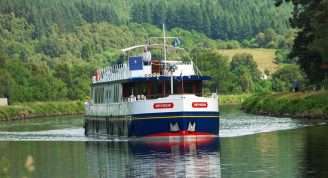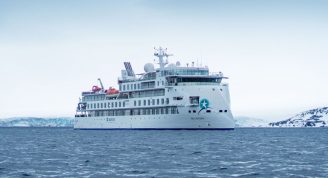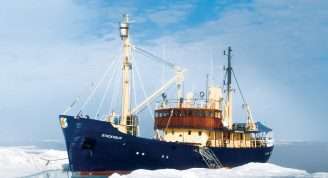Description
The Baltic Sea has been a thoroughfare of trade since the days of the Vikings. And for nearly as long, it has been a crucial arena of struggles for dominance in Europe—an important element in the strategic thinking of great powers from the Reformation and the Thirty Years War to World War II and the Cold War. Today, it is once again at the center of current events as Sweden and Finland join NATO after decades of neutrality and as the Baltic States are newly anxious about their independence.
As we visit the great cities that ring the shores of the Baltic, we will explore this history in a series of lectures and discussions with a decorated career foreign service officer and an award-winning journalist, and we will have the privilege of a specially arranged, exclusive presentation and discussion with former President of Poland and Nobel Peace Prize-laureate Lech Wałęsa while in Gdansk.
But these historic cities of the Baltic, of course, offer so much more. They are great cosmopolitan centers with vibrant cultures and a legacy of art and architecture that reflects a history rich in tradition. Sailing from Stockholm, whose lively old town showcases cobblestone streets lined with 17th- and 18th-century buildings, Le Lapérouse calls first in Helsinki. Internationally recognized for its striking Art Nouveau architecture, Finland’s capital is also home to the UNESCO Heritage Site of Suomenlinna, a massive military installation that protected the city during the 18th and 19th centuries.
During the next two days of the voyage, you encounter two more UNESCO designated sites. Tallinn’s Old Town, a prominent trading center in the 13th century, retains remarkably well-preserved ramparts, public buildings, merchant houses, and warehouses. And on Gotland—the largest island in the Baltic Sea and the site of Viking treasure—the beautifully preserved medieval town of Visby, also once a stronghold for the Hanseatic League, invites exploration of both of these legacies.
Gdansk, whose shipyard served as the birthplace of the Solidarity Trade Union in 1980, is where we meet with former President Lech Wałęsa and hear the story of the wave of dissent that arose from the Solidarity movement and led to Polish independence from the Soviet Union in 1991. The Old Town, lovingly restored after the ravages of WWII, is a reminder of the town’s proud 1000-year-old history of ship-building.
The Danish Island of Bornholm is known throughout the Baltic region for its lush farmland and rich herring fisheries and for the ruins of the medieval fortress of Hammershus and four well-preserved Nordic round churches. And the Danish capital of Copenhagen, a thoroughly modern and sophisticated city, is also proud to display its 800 years of royal history in Christiansborg Palace, which houses the Danish Parliament, and Amalienborg Palace, the winter residence of the Queen.
Le Lapérouse’s last port of call is the lively Swedish harbor town of Gothenburg, whose stunning Museum of Fine Arts includes works by Carl Larsson, Edvard Munch, Anders Zorn, Van Gogh, Picasso, Chagall, and Monet. Your voyage comes to an end in Fredrikstad, a port city near the mouth of Oslo’s Oslofjord.









